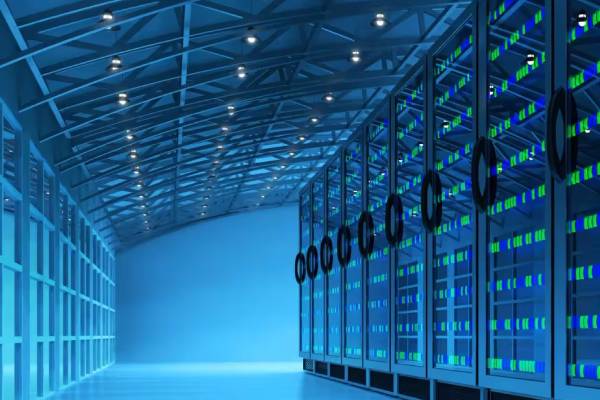- Johnson Controls
- Building Insights
- Applying Artificial Intelligence to Build Environments Through Machine Learning
Applying Artificial Intelligence to Build Environments Through Machine Learning

Machine learning (ML) is an application of artificial intelligence (AI) that allows systems to automatically learn and improve from exposure to more data without being explicitly programmed. Machine learning (ML) focuses on the development of computer programs that can access data and use it to learn for themselves.
While AI represents the broader concept of machines being able to carry out tasks in an intelligent way, machine learning is a current application of AI based on the idea that we can give machines access to data, and they can use that data to learn for themselves.
Many consumers will have their first interaction with AI in the built environment through voice commands given to a smart home device personal assistant made such as those by Amazon, Google or Apple.
Fill out the form below to download our white paper.
Related Items
Applying Digital Twins to The Built Environment
Digital twins turn the physical world into computable objects. Computable objects provide a consistent way for software to manage and represent entities from the physical world.
Transforming Green Buildings Into Smart Ones
Sustainable building design has always been an inherent part of architecture. Throughout history, people incorporated passive design principles to build habitable places in harmony with local conditions. While many buildings now house these sustainable architectural features, many do not and are considered to be a form of postmodern in comparison to their sustainable counterparts.
Is your security network ready for GDPR?
As you’re finalizing the budget for your next fiscal year, you may want to include a line for millions of dollars that you may need to pay for fines related to a data breach. Thousands of organizations are at risk of facing such financial penalties today and they have no idea the rules even apply to them. And that doesn’t even touch on the lawsuits and sanctions that may also ensue as a result of a data breach.

















.jpg?la=en&h=320&w=720&hash=244C75B74F0F77521D56164450973BCD)














.jpg?la=en&h=310&w=720&hash=8D9823F26AA80B2B75C3E4B2E61770DC)


.jpg?la=en&h=320&w=719&hash=13CA7E4AA3E453809B6726B561F2F4DD)
.jpg?la=en&h=306&w=720&hash=F21A7CD3C49EFBF4D41F00691D09AEAC)

.png?la=en&h=320&w=720&hash=18CFCCD916C92D922F600511FABD775D)

















